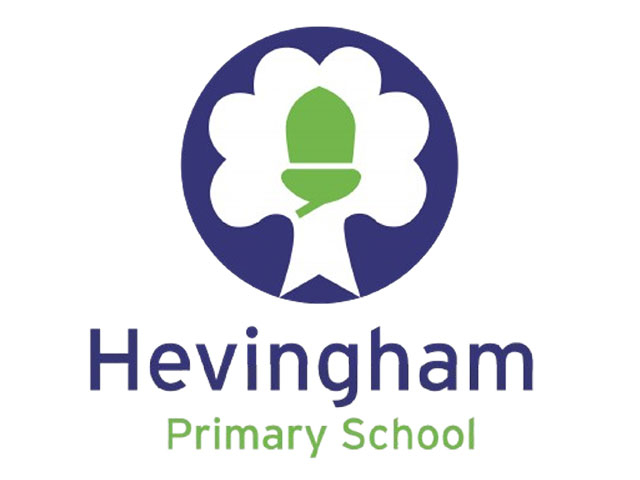| 2. Tell Us About Yourself | |||
| Milestones | What this will look like | How adults can help | |
| Between 2 – 3 Years Old | Children are able to identify the important people in their lives. | Children can name the key people in their lives. Children may begin to represent these people within imaginative play or when mark making. Children can answer simple questions about their key people – “Who is this?” “Who lives in your house?” | Adults will take the time to get to know the children’s families. Adults will encourage parents/carers to provide photographs of people who are important to their children and to share photographs of any special places, events or celebrations. Adults can then use these resources to comfort the children, plan activities and to start conversations around families. Adults will ask children simple questions about their homes and families, modelling answers and providing the needed vocabulary. “Who lives in your house? In my house, there is me and my Mummy.” |
| Children begin to identify and communicate their own needs. | Children develop an awareness of their own needs, such as being hungry or needing their nappy changed/the toilet. They express this need to a familiar adult. Children are able to communicate how they are feeling through actions, visual cues or words. Children choose resources and activities, with support as needed. | Adults will ensure that the children’s needs are being met, providing warm and consistent care. Adults will model the communication of needs and allow children the opportunity to express these – “My tummy is rumbling. I am hungry! Are you hungry?” Adults will use visual resources or actions to aid communication as needed. Adults will provide an environment that encourages independence, with resources freely available for the children to select. | |
| Children are aware of differences between themselves and others. | Children will talk about their own features and characteristics. Children will talk about the features and characteristics of others. Children will ask simple questions about others. | Adults will be open to any similarities and differences noticed by children, modelling positive attitudes and answering questions in an honest and age appropriate way. Adults will provide resources that support children’s acceptance of difference. Resources may include positive images, books, and resources that reflect the diversity of life in modern Britain. Adults will share books with children that promote diversity. | |
| Between 3 – 4 Years Old | Children are able to talk about recent events in their lives. | Children are able to recall important or special events in their own lives. They are able to talk about this with a friend or familiar adult. | Adults will make time for children to share and talk about their lives individually and in small groups. Adults will encourage families to share photographs of trips, events and celebrations so that these can be used within the setting. Adults will model the vocabulary and sentence structure needed to communicate with others – “I went to a birthday party. It was busy and I had fun!” |
| Children can communicate their needs, likes, dislikes and interests. | Children are confident to talk to a familiar adult. Children are becoming increasingly independent when managing their own needs. Children are able to direct and focus their own attention for short periods of time. Children initiate play by sharing their interests with a peer. Children begin to ask their peers or adults simple questions about their interests. | Adults will build positive, secure relationships with the children within the setting, valuing them in an individual level and getting to know their interests, likes and dislikes. Adults will provide an environment that encourages independence – freely accessible water, snack, toilets and aprons, for example. Adults will encourage children to try independently but will be there to support when needed. Adults will model initiating play and point out opportunities to children – “I can see that… is playing with the dough. You like to play with the dough too!” Adults will model asking others simple questions and will make time to actively teach this, such as during circle time. | |
| Children show an interest in different people, places, events and occupations. | Children enjoy looking at books that show a range of people, occupations, places and events. Children’s imaginative play represents their own experiences and they begin to incorporate the experiences of their friends. Children are able to listen to others with interest for short periods of time. | Adults will model a positive attitude towards difference. A range of resources reflecting diversity will be available within the setting. Adults will ask simple questions that encourage children to learn about others – “You go to the shop to buy food. I get it delivered to my house! What does your family do…?” Adults will provide opportunities for children to communicate with and listen to each other, such as short circle times. | |
| During the Reception Year | Children can describe events, family members, celebrations, special places and beliefs within their own families and communities in some details. | Children are able to ask and answer increasingly complex questions about their own experiences. They are able to communicate about these experiences in well-formed sentences. Children can sequence events in their own lives, including events that are to happen in the future, such as a birthday party. Children represent their experiences through imaginative play and mark making. | Adults will provide opportunities for children to ask and answer questions and have conversations about their lives with their friends and adults. Adults will model asking questions and introduce new and relevant vocabulary. |
| Children know that people have different ways of living and show curiosity about this. | Children recognise some similarities and differences between their lives and the lives of others, including other cultures and countries. Children may represent this through imaginative play and mark making. Children will ask questions about things they are unfamiliar with. Children are aware of differences between life in the past and life in the present and are able to talk about some of these. | Adults will provide resources and share stories/non-fiction books that reflect diversity and teach children about other countries and cultures. Children will have access to real life experiences, such as visitors and trips. Adults will expose children to materials – such as pictures, books or artefacts – that will encourage questions, comparisons and discussions about the past and present. | |


